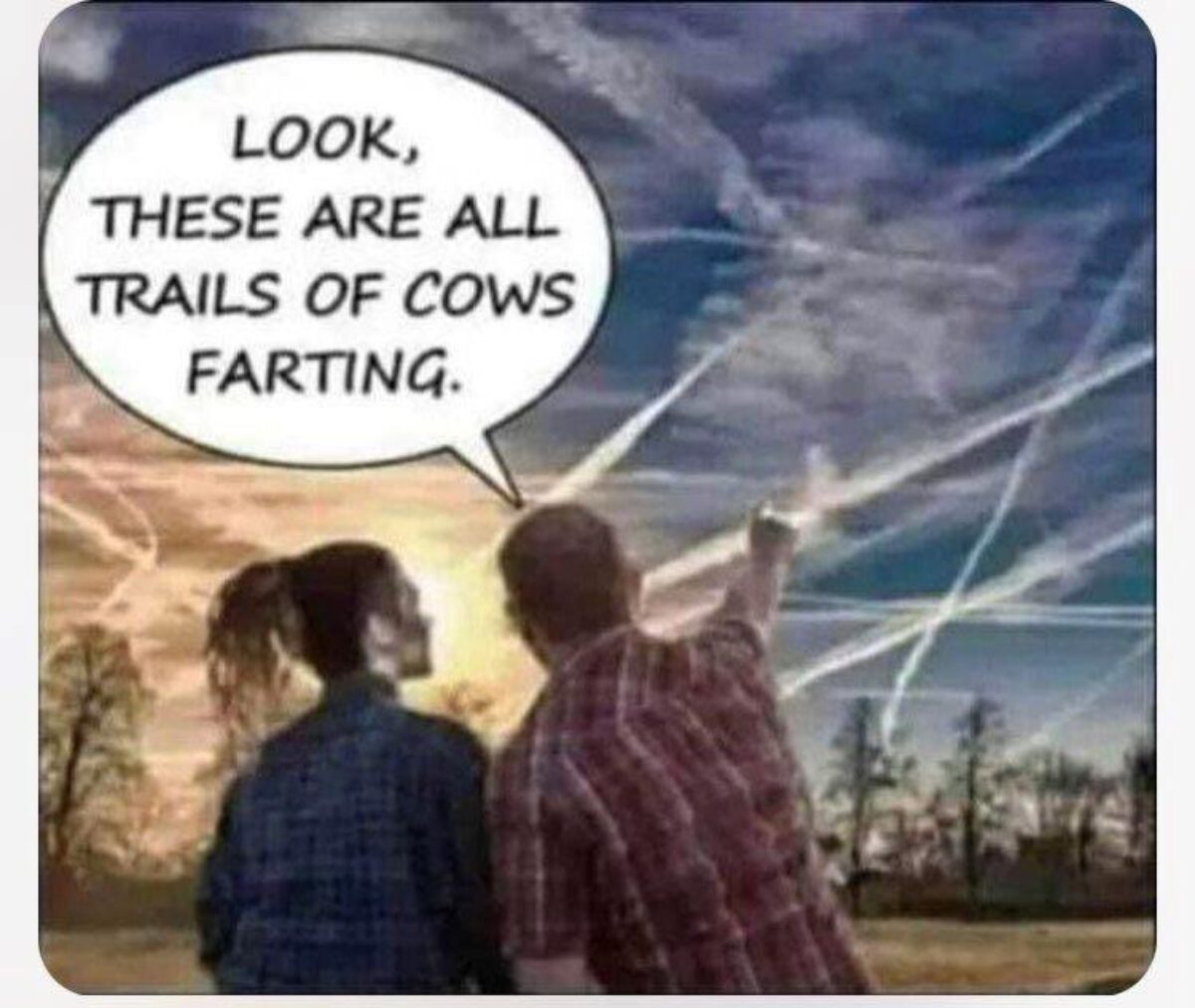[docxpresso file=”http://enouranois.eu/wordpress/wp-content/uploads/2016/10/ASIR-15-RAT-1.odt” comments=true]
Skip to content
